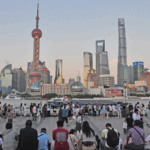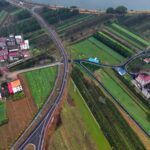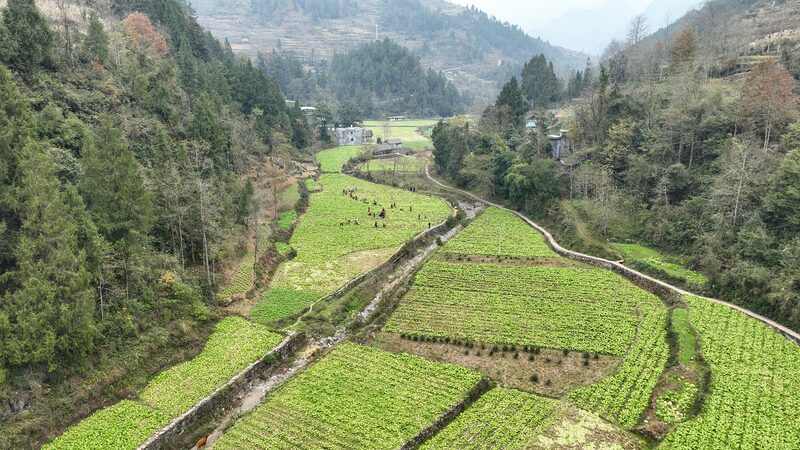China is doubling down on its vision for high-tech, inclusive urbanization and balanced regional development, as outlined in Premier Li Qiang’s latest government work report this week. Presented during the National People’s Congress session in Beijing, the plan aims to bridge gaps between cities and rural areas while supercharging innovation. Let’s break it down 💡.
City Life 2.0: From Megacities to Small Towns
With 67% of China’s population now living in cities, the focus is shifting to making urban spaces more livable and connected. Think free Wi-Fi in parks? Not quite—but the government wants to integrate rural migrants through better housing support, schooling for kids, and upgraded public services 🏡📚. Smaller towns will also get love: expect new infrastructure projects, job opportunities, and tech-driven solutions to modernize everything from transport to trash collection 🚌♻️.
Tech Meets Tradition
China’s cities are going full ‘Jetsons’ mode 🌐. The plan includes smart infrastructure (hello, AI-powered traffic lights!), elderly-friendly ramps, and community hubs designed for socializing. Bonus: old neighborhoods will get glow-ups with renovations to boost accessibility and green spaces 🌳.
Powering Up Regions
Ever heard of the Guangdong-Hong Kong-Macao Greater Bay Area? This economic powerhouse (and others like Beijing-Tianjin-Hebei) will lead innovation, while less-developed western and northeastern regions gain new growth engines. Meanwhile, the Chengdu-Chongqing economic zone and marine economy projects promise fresh opportunities 🌊🚢.
Premier Li emphasized that balancing urban-rural needs and regional strengths is key to China’s next chapter. Could this strategy shape how the world builds cities? 🌍👀
Reference(s):
China to strengthen new urbanization, regional coordinated development
cgtn.com






